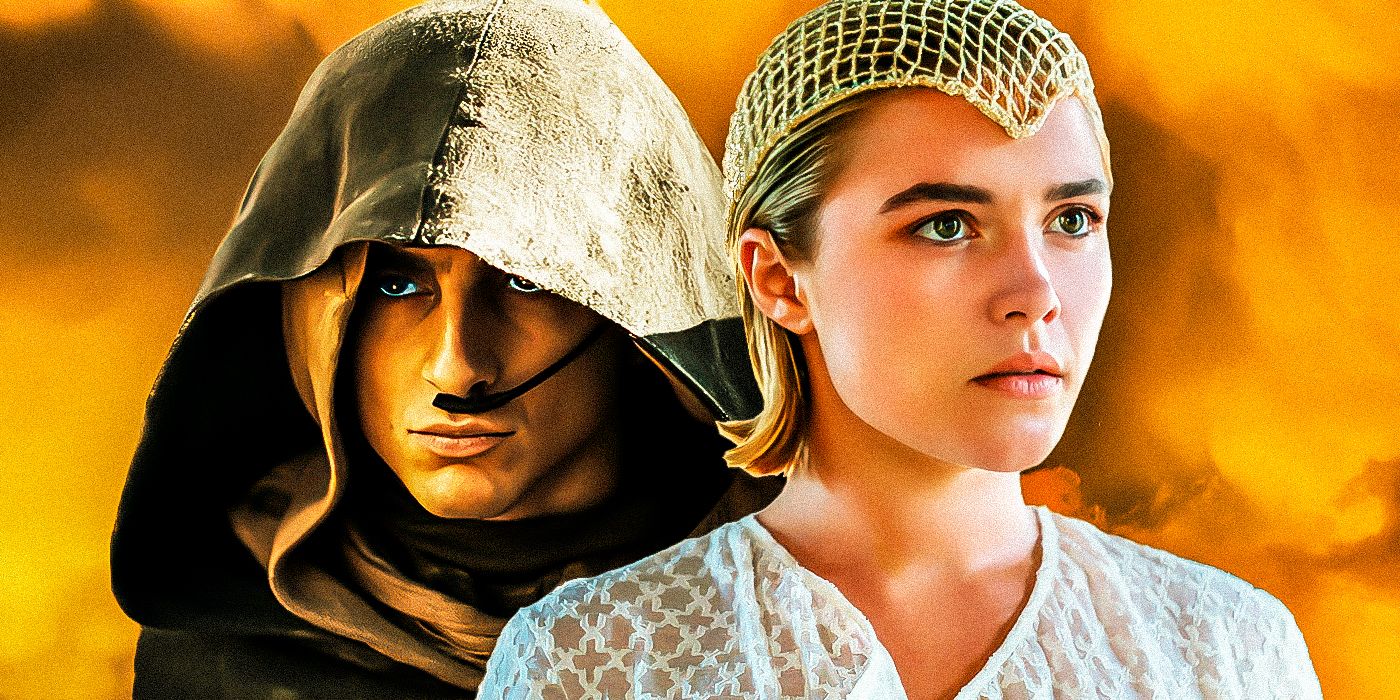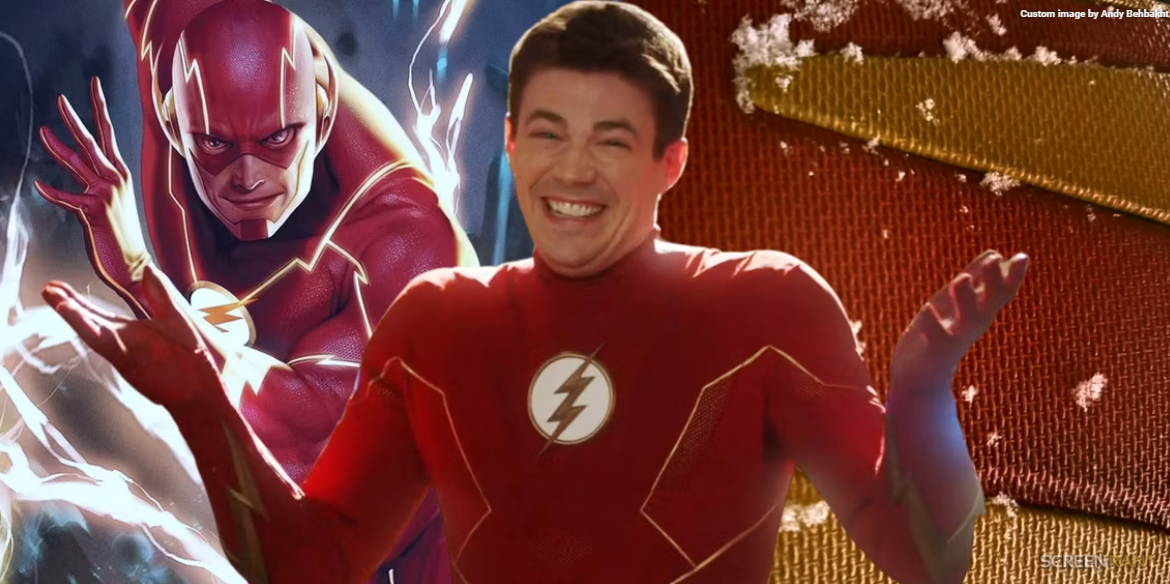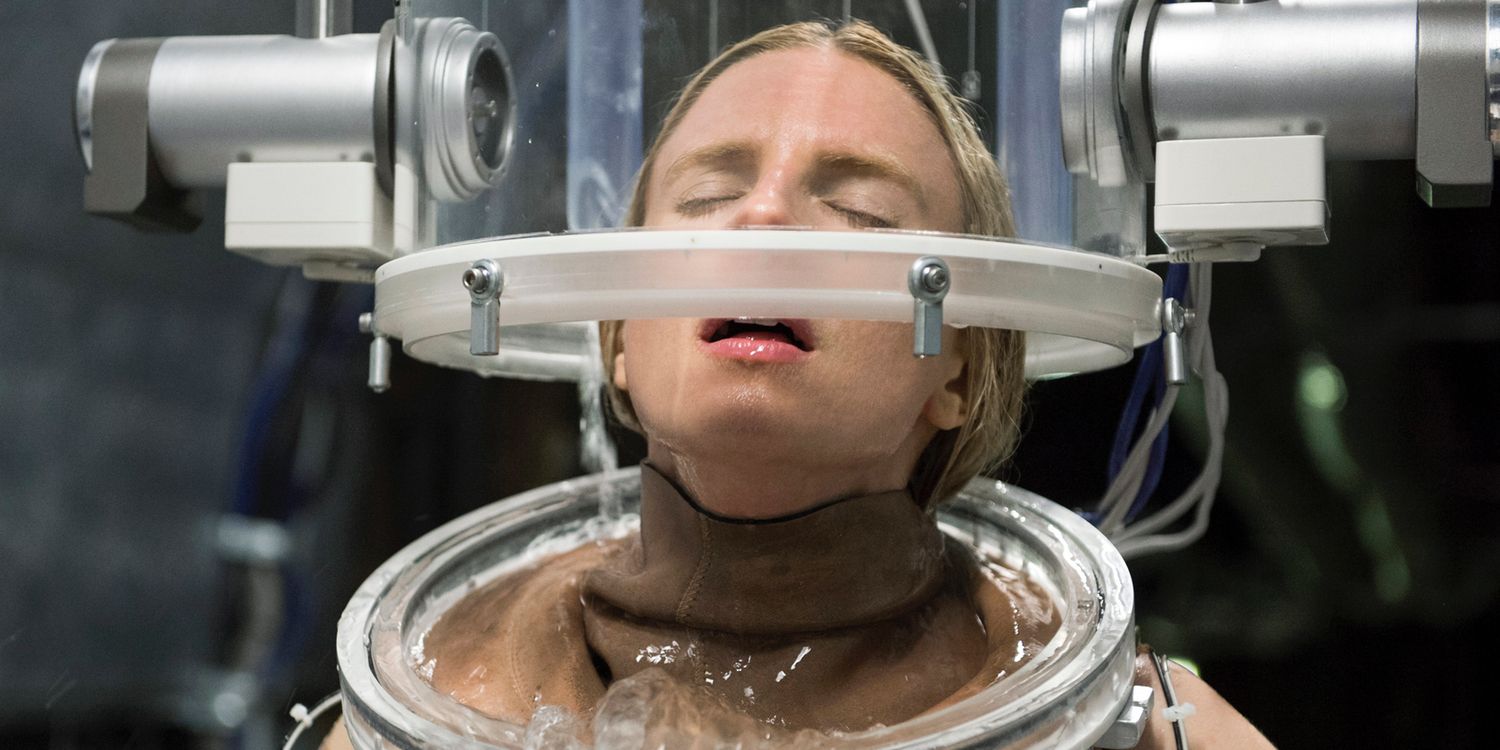
Major SPOILERS for Netflix’s The OA ahead
–
On December 16, just days after Netflix released its first trailer, all eight episodes of The OA were released on the streaming platform. The series, from creators Brit Marling and Zal Batmanglij, follows the mysterious circumstances surrounded the disappearance, and later reemergence, of Prairie Johnson (played by Brit Marling). Of course, The OA was so much more. Describing the series in one sentence is virtually impossible, as it seemed to transcend modern genres, blending elements of science fiction, mystery, drama, and spiritual exploration.
Much of The OA was a thrilling, yet at times confusing, episodic experience. Marling and Batmanglij created a world that easily captivates the viewer, asking us to suspend disbelief and open our minds to new ways of thinking. The opening premise of The OA was fascinating. Prairie Johnson, a blind woman, goes missing for seven years, only to reappear with her vision returned and frightening scars on her back. This is essentially the plot of the first episode’s cold open, which lasts roughly 50 minutes.
The narrative exploring Johnson’s (who now calls herself The OA) whereabouts following her disappearance begins after the first episode’s opening credits (again, nearly 50 min in), when she begins telling her story to four teenagers — Steve, Jesse, Alfonso, and Buck — and a high school teacher, Betty.
Before we get to The OA‘s controversial ending, we must discuss her captivating story.
The OA’s Story
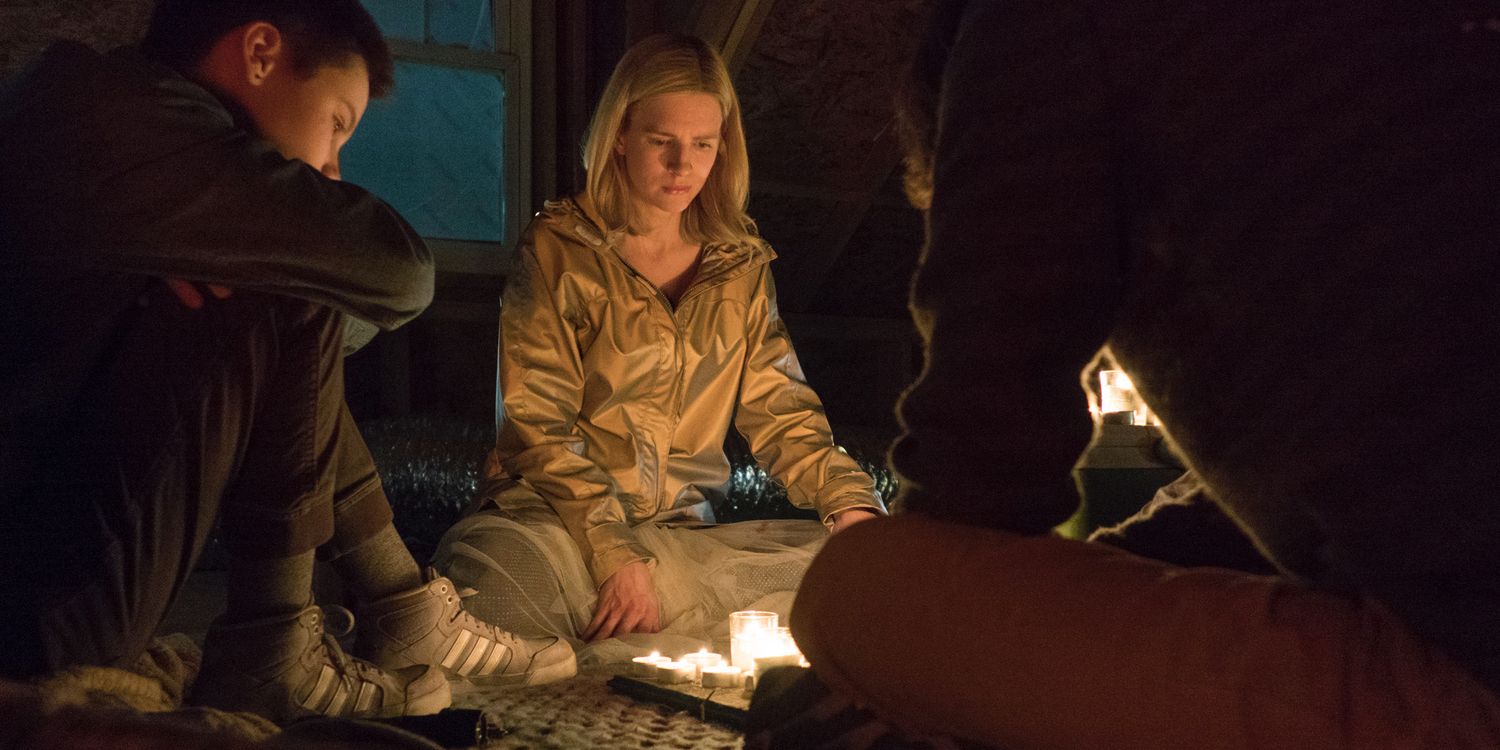
In the first episode, The OA requests (via YouTube) five people to meet her at an abandoned house. She also asks that they all leave the front door of their home open (more on that later). Once her five “helpers” are assembled, The OA begins to reveal what is essentially her life story. It begins in Russia, where she lives with her biological father. One day, the bus she is in crashes and is submerged in water, with no survivors. The OA – called Nina at this point in her life – dies as well.
In the “afterlife,” Nina meets Katun, who offers her a choice: stay or go home. Nina chooses to return to our world, but in doing so sacrifices her sight. She also gains an incredible command of the violin. Eventually, her father sends her to a boarding school in America and, following his death, she is taken in by her aunt, who runs a brothel/adoption agency. Nina is eventually adopted by the Johnsons, and takes the name Prairie.
Living with the Johnson’s, Prairie has horrible nightmares, which scare her adoptive parents. This leads to years of medication for a supposed mental illness. Eventually a grown-up Prairie disappears and goes to New York in search of her father, who is dead, but who she believes has been sending her messages in her sleep. She never finds her father, but instead is abducted by Hap (played by Harry Potter‘s Jason Isaacs), a physician who studies individuals with Near Death Experiences (from here on out, “NDEs”).
This already intriguing premise really starts to get interesting following Prairie’s abduction. She is caged in a basement along with three other individuals who all at some point had NDEs: Rachel, Scott and Homer. It turns out that Hap is killing and reviving his captives with the hope of learning more about what happens after death. During an escape, Prairie is killed by Hap, only to once again meet Katun in the afterlife. Prairie is given another choice: stay, now with her father, or return. She chooses to return, and receives her sight. Subsequently, The OA begins to get even stranger.
The Movements
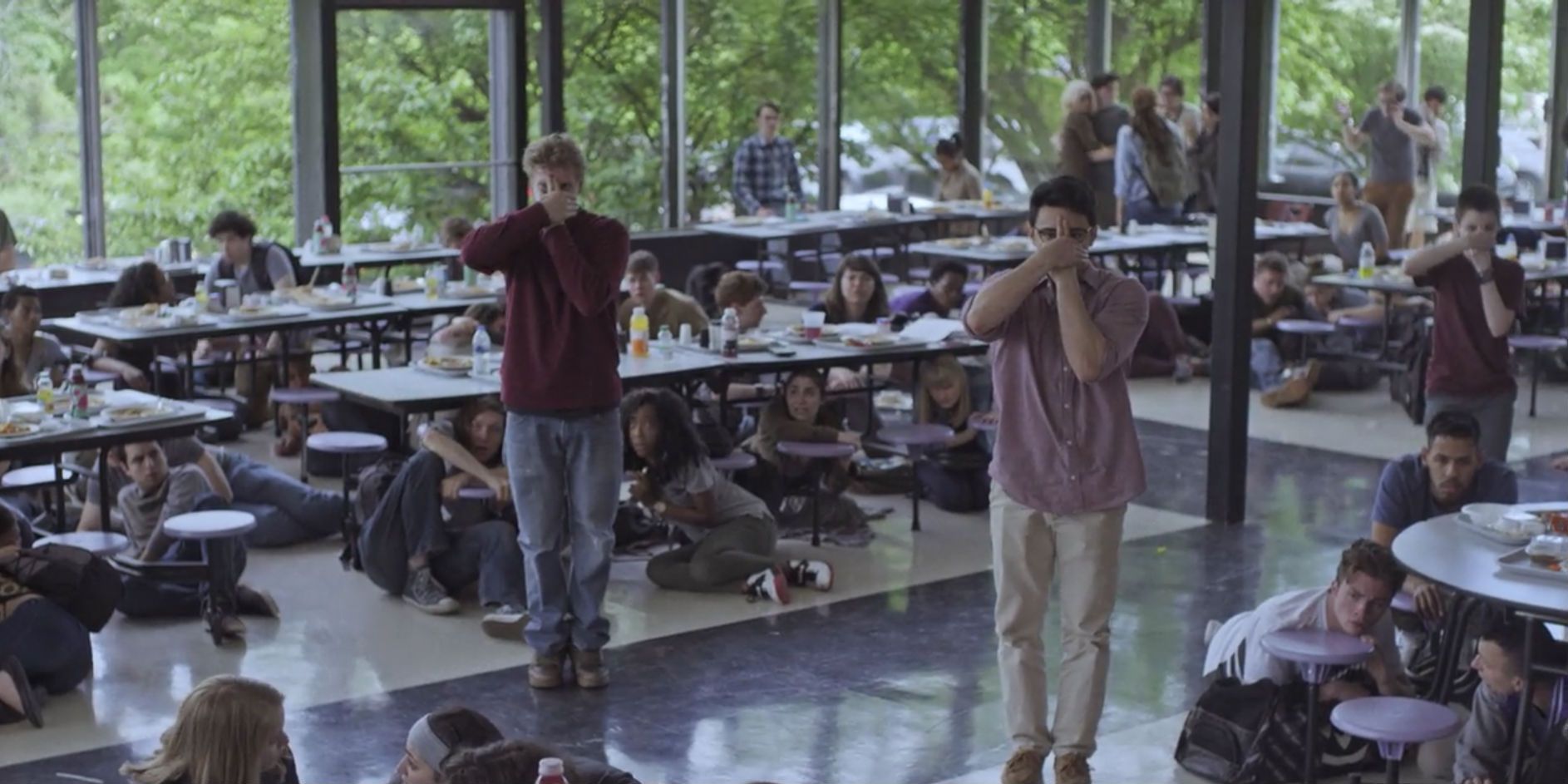
Prairie learns during her NDE that there are five movements that, when used together, can open up a portal to another dimensional plane. We also learn that the first two movements can be used to heal. Each movement is revealed after one of the captives’ NDEs. While the movements look to be a form of interpretive dance, series co-creator Batmanglij told THR:
“It’s not interpretive. What is it interpreting? It’s OK to not have the language for something because it’s never been done before in a narrative situation. But that’s not what that is called. That’s not interpretive dance. It sounds funny when you say it like that and sure, it is funny. Funny is not wrong.”
As the narrative jumps between Prairie’s time in captivity, and The OA’s recalling of the events, she begins teaching her five helpers the movements. The purpose is so that they can open up an inter-dimensional portal, and save Hap’s other abductees, including Homer, whom The OA has fallen in love with. Eventually The OA teaches all five of the movements, but her plan is interrupted when the town’s parents discover what she is doing with the teenagers. This leads us to the ending.
The OA‘s Controversial Ending
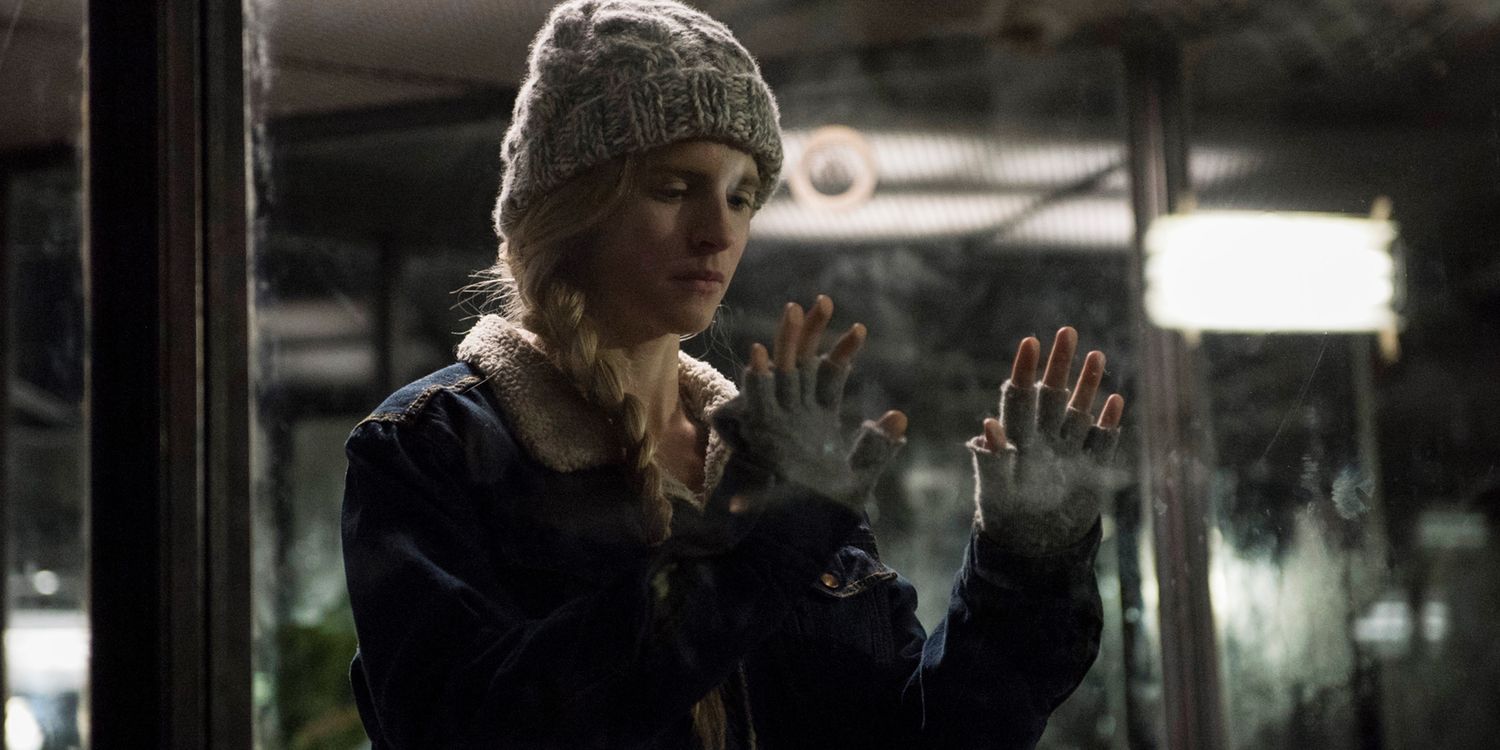
Following the secret meetings being found out, the four teenagers try to prove that The OA’s story is true. First, they find a YouTube video of a woman playing the violin in a subway station. The OA had previously recounted this event during the beginning of her story. Alfonso then breaks into the Johnson’s home where he finds several books, including Homer’s The Odyssey and a book on angels (The OA has referred to herself as the Original Angel).
This leads Alfonso to believe that The OA’s story was completely fabricated. He also, while in the home, runs into the FBI agent (played by Rogue One‘s Riz Ahmed) who had been counseling Prairie. It’s not entirely clear what he was doing there, and it is something that may be explored in future seasons (should there be any), but the big shock was the idea that The OA’s story could have been entirely made-up. Of course, that makes sense considering how ridiculous it was, but after seven episodes, viewers had long suspended their disbelief. That said, it remains ambiguous whether her story is fact or fiction.
The OA‘s most controversial moment comes at the end. The OA wakes up from a nightmare claiming to finally know what her dreams (or premonitions) mean. We then find ourselves in the high school cafeteria, where the four teenagers have gone their separate ways, and are eating in their own cliques. It is at this moment that a school shooter enters the premises. It is a horrific scenario that has unfortunately become all to familiar over the last several years, and creatively it was a big risk for Brit Marling and Zal Batmanglij to include such a incident in their show.
The four teenagers all at once decide to stop the shooter, whose face we never see, by performing the five movements in perfect sync. This ends up distracting the shooter long enough for a school worker to tackle and subdue him. But in that moment, a shot does go off and hits The OA squarely in her chest, as she was outside the school performing the movements with them. As she is loaded into the ambulance, she tells Steve, Buck, Alfonso, Jesse and Betty, “You did it. Don’t you see? I have the will. Can’t you feel it?”
After the doors to the ambulance close, we hear a familiar sound – the same sound Hap has heard during the deaths in his study. Steve hears the noise and runs after the ambulance, pleading for The OA to take him with her. The series ends with The OA waking up in a white room with the screen going black right before we hear her say, “Homer.”
What happened?
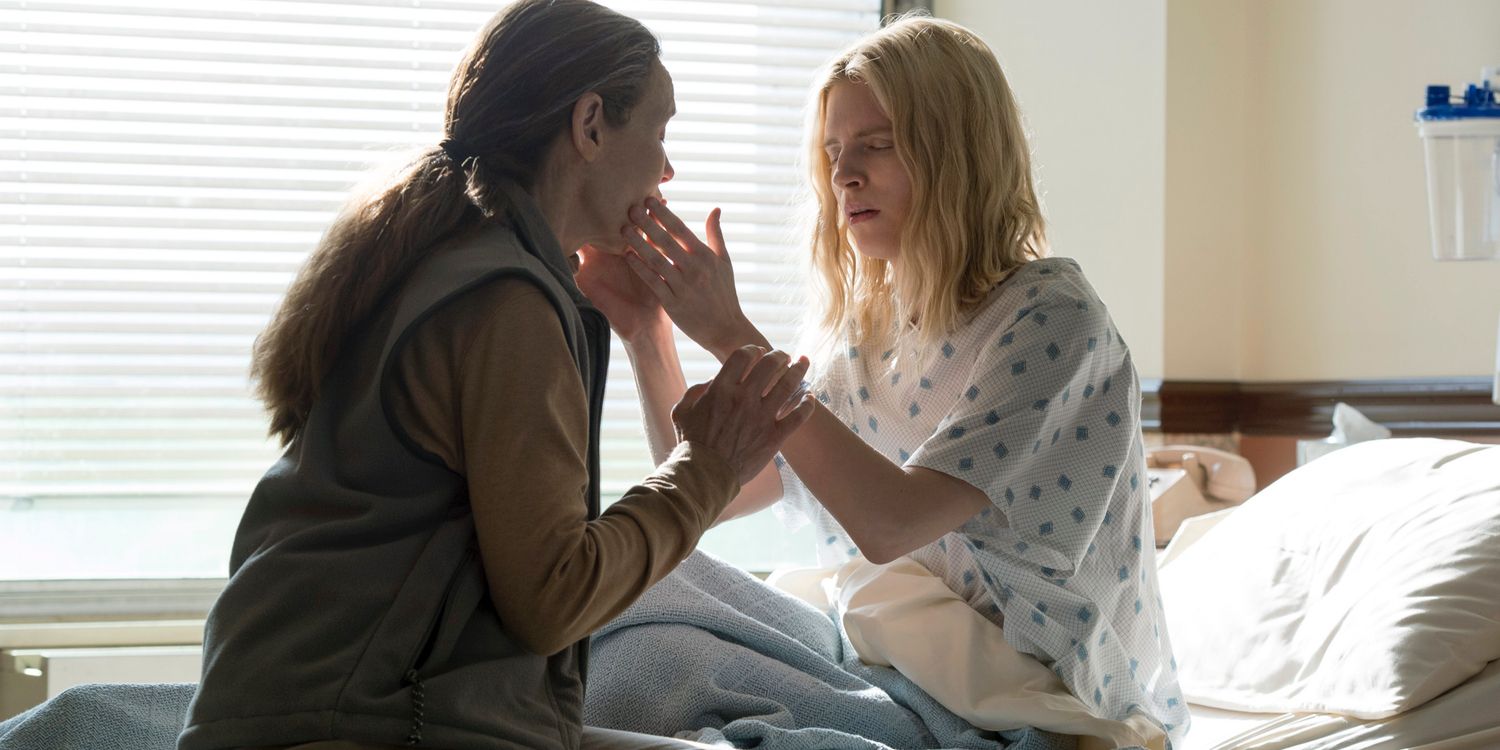
There is a lot that cannot be explained, as it is not all clear. There are things that happened in The OA that either do not make sense, or that cannot be fully explained without further episodes. For instance, we never learn why The OA’s five listeners had to leave their door open. It seemed important, even having one episode end with a door being closed while The OA was telling her story, but we never really learn the significance. Further, the series’ creators told Variety that the ending was left intentionally ambiguous, meaning we cannot with any certainty point to one conclusion over another.
Still, outside of the entire story being a hallucination (which is one possibility) there are certain things we know to be true. First, Prairie Johnson was adopted by the Johnsons as a young blind girl. She was later placed on medication for what was thought to be mental illness, and she subsequently disappeared in search of her father. Further, we know that Prairie returned with her sight. These are all things that we have seen in parts of the series that did not necessarily involve Prairie’s recounting of events, since they are discussed by the Johnsons. It is also reasonable to assume that Prairie did originally come from Russia, unless the part of the story discussing her adoption was fabricated.
Whether The OA’s entire recounting of events is to be believed is really up to the viewer, but there is evidence that she was telling the truth. While we cannot say for sure what Prairie was doing with the books that Alfonso found, there are elements to her story that were revealed before she would have been able to order those books from Amazon. For instance, short of this being a hallucination, she did know about Homer already and searched for his name on YouTube, finding a story about his first NDE.
For what it is worth, this is what Brit Marling told Variety about whether she believed The OA’s story:
“I think we felt that’d really be good about the ending of this, that our interpretation is less important than the audience’s. Certainly as an actor playing a part, I have to believe it as I’m playing it, but as writers, we’ve always maintained the idea that our interpretations of them doesn’t matter as much as the audience’s. There’s no right or wrong answer, it’s just what you feel, which is kind of what being alive is like. If you’re going to have faith in something, you have to have it in the face of incredible doubt. Nobody can take your doubt away.”
The part of The OA that we simply cannot know for sure to be true, is Prairie’s experiences with Katun in the astral plane. In order to believe this element of The OA you have to take Prairie’s word as fact. Do a quick search on Reddit and you will find no shortage of theories regarding several of the unexplained elements of the series. Why was Riz Ahmed’s FBI character in Prairie’s home? Did Prairie wake up in a mental institution? Was the entire story fabricated? These are questions we simply cannot answer.
What did you think of The OA? Do you believe The OA’s story? Sound off in the comments!
Sources: THR, Variety



